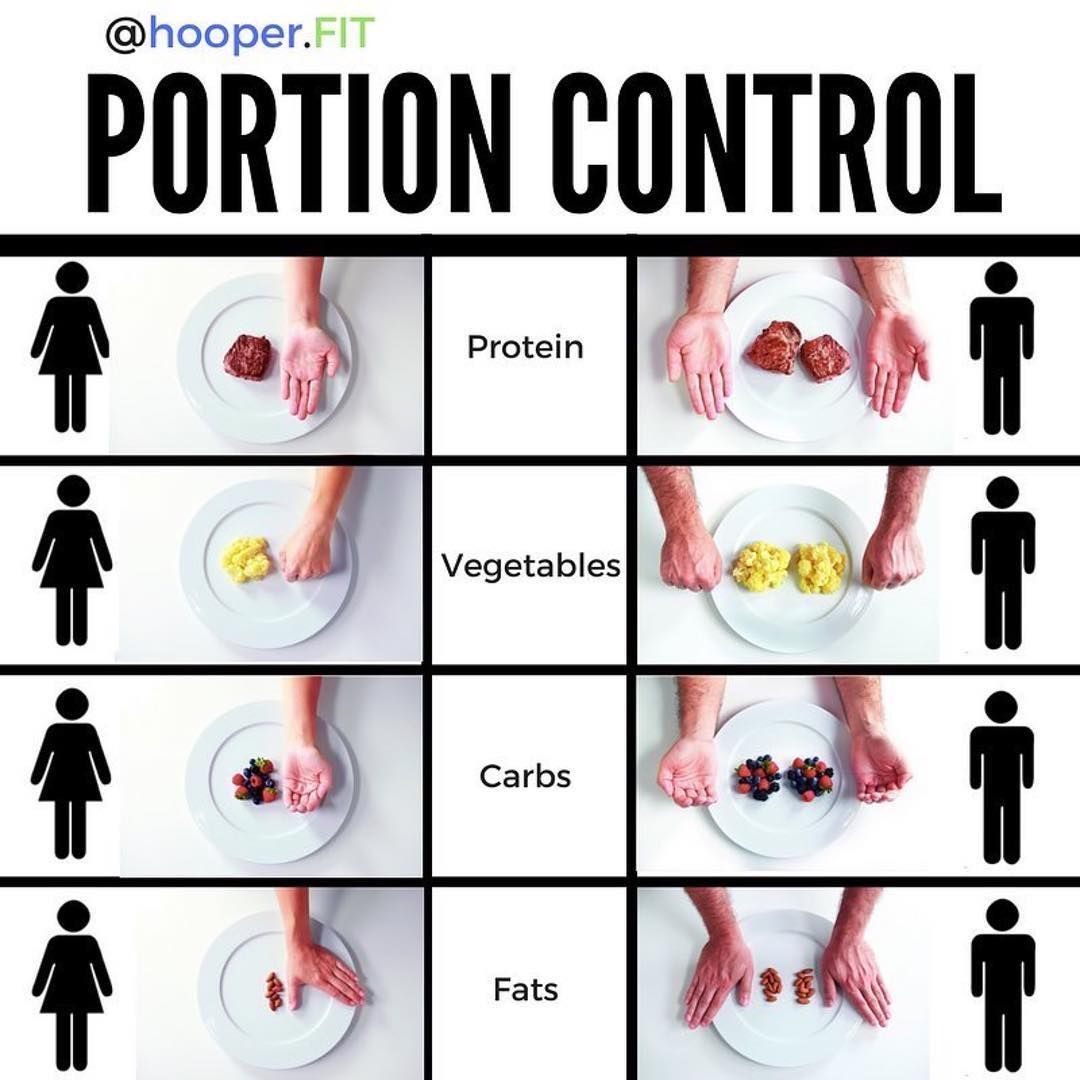
Understanding Portion Control: Tips for Weight Management
Introduction
In today's modern world, many individuals struggle with maintaining a healthy weight. One key aspect of weight management that often gets overlooked is portion control. Understanding portion control and implementing it in our daily lives is crucial for achieving and maintaining a healthy weight. This article will provide tips and guidance on how to effectively practice portion control for successful weight management.
Importance of Portion Control
Portion control is essential because it allows us to keep track of the amount of food we consume, preventing overeating and helping us achieve a calorie balance that supports weight loss or maintenance. When we consume large portions, even of healthy foods, we may end up consuming more calories than our bodies require, leading to weight gain. By understanding portion sizes and controlling them, we can make healthier choices and prevent excessive calorie intake.
Understanding Portion Sizes
Before we can effectively control our portion sizes, we need to understand what they should look like. Here are some general guidelines: A serving of meat, poultry, or fish should be roughly the size of a deck of cards. A serving of cooked pasta or rice should be about the size of a tennis ball. A serving of vegetables should be approximately the size of your fist. A serving of cheese should be around the size of four stacked dice.
Tips for Portion Control
Now that we know how much we should be eating, here are some practical tips for implementing portion control:
Use Smaller Plates
Using smaller plates and bowls tricks our minds into thinking we are consuming more food, even though the portion sizes remain the same. This can lead to reduced calorie intake and greater satiety.
Measure Your Food
Invest in a set of measuring cups or a food scale to accurately measure your portions. Eyeballing portion sizes can often result in underestimation, leading to overeating.
Create Balanced Meals
Aim to include a combination of lean protein, whole grains, fruits, vegetables, and healthy fats in each meal. This helps ensure you are getting a variety of nutrients while controlling portion sizes.
Practice Mindful Eating
Eat slowly and pay attention to your hunger and fullness cues. By eating mindfully, you can better identify when you are satisfied and avoid overeating.
Avoid Distractions
Eating while distracted, such as while watching TV or working, can lead to mindless eating and overconsumption. Focus on your meal and enjoy each bite.
Plan Ahead
Plan your meals and snacks in advance to avoid impulsive eating decisions. Having pre-portioned meals and snacks readily available can help you stay on track.
Conclusion
Understanding portion control is a valuable tool in achieving and maintaining a healthy weight. By familiarizing yourself with appropriate portion sizes and incorporating the tips mentioned in this article, you can take control of your eating habits, make better food choices, and successfully manage your weight. Remember, it's not just about what we eat, but also how much we eat that plays a significant role in our overall health and well-being.

